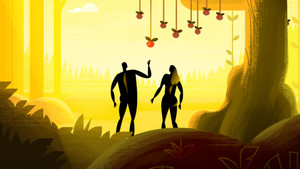
6:31

John’s gospel opens by presenting Jesus as God’s Word, echoing Genesis where God creates the world through speech. After creation fell into chaos through human disobedience, the world needed renewal. So God spoke again—but this time, his Word took human form as Jesus.

Episode 1

Episode 2

Episode 3